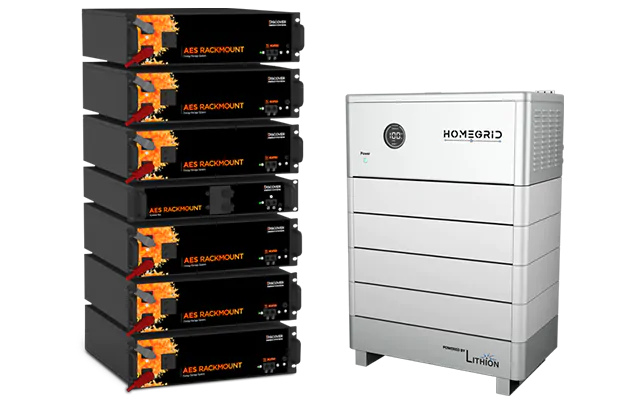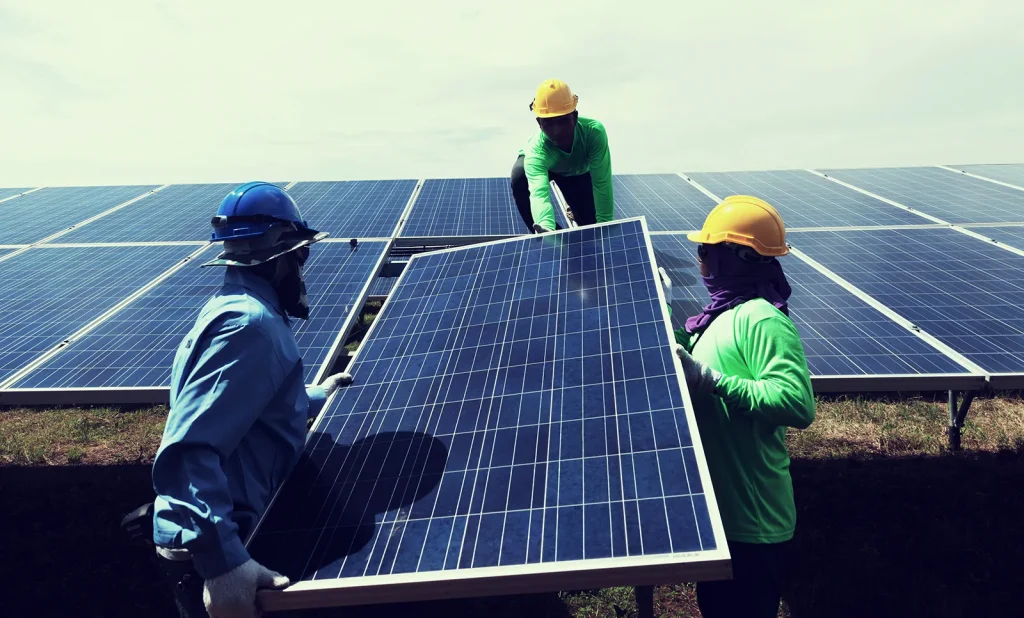

We are your reliable, trusted and professional company when it comes to Generator, Power Backup & Solar Systems Uganda in Uganda
At Fern Engineering & Supplies, we design and install reliable generator, power backup, and solar systems for homes, offices, factories, schools, hospitals, and farms across Uganda. Our work ensures you keep operating when Umeme goes off or voltage dips.
We assess your loads, plan the best mix of generator, inverter, batteries, and solar, then install clean, tidy systems that work every day without drama.
A complete backup system has several parts that support each other. From an automatic transfer switch that senses an outage and starts the generator. A UPS that bridges the gap so servers and routers never drop to an inverter and batteries that power lights, TVs, point of sale, and fridges for quiet hours.
We also handle solar panels installations and repair, this is paramount to supply the inverter during the day and charge batteries. With the right design, you avoid spoilage, production delays, and late-night panic.
At Fern Engineering, we fit cables correctly, install proper earthing, and protect sensitive circuits from surges. For upcountry sites and estates with long blackouts, we add solar, bigger battery banks, and diesel sets with soundproof canopies. Remote monitoring shows performance on your phone.
Whether you live in Wakiso or run a shop in Kikuubo, we tailor the system to your budget and risk, Paka last.

We supply petrol and diesel generators from 5 kVA home units to 500 kVA industrial sets. We size using your actual loads and motor starts, then install automatic transfer switches for safe switchover. Our technicians service engines on schedule, change filters and oils, test under load, and keep spares on hand. You get a generator that starts on the first try and runs clean.

We install inverter systems for homes, offices, clinics, and server rooms. These systems are essential to have reliable lighting, routers, TVs, POS, and fridges. We supply and install lithium or sealed lead batteries based on budget and runtime, then configure safe distribution for priority circuits. You enjoy quiet backup that engages instantly, with clear indicators your staff can read without guesswork.

We design grid-tied and hybrid solar systems that reduce daytime bills and support backup. Panels feed an inverter that powers loads and charges batteries. When the grid fails, the system rides smoothly on stored energy, then chooses generator or grid as needed. We mount securely for Kampala winds, plan cleaning access, and set up monitoring so you track production on your phone.

We build clean changeover boards with interlocks, surge devices, RCDs, and labeled circuits. We install voltage stabilizers on sensitive sub-circuits and set up generator start signals. We test earthing, verify phase sequence, and document results for insurers and landlords. Your system switches safely and protects people and equipment every time.
Start with your loads and your outage pattern. If you need to run heavy machinery, welders, or large cold rooms for long hours, a generator gives reliable endurance. If your priority is silent backup for lights, routers, fridges, and office gear, an inverter with batteries covers most events comfortably at lower daily cost.
Many clients use both. A hybrid solar and inverter system handles daily cuts and reduces bills. A generator covers long outages and heavy loads. We measure your actual consumption, check motor starts, and model runtimes. You end up with a clear design that fits your budget and the way you live or work.
Sizing depends on running load, starting currents, and power factor. Homes often work well with 5 to 10 kVA. Workshops and apartments need more to start pumps and compressors. We list every major load, add a margin for starts, and confirm with on-site tests where possible to avoid guesswork.
A slightly larger set can run cooler and last longer, while an undersized one strains and fails early. We also consider noise, fuel burn, and where to place the unit. Our quote shows fuel consumption at typical loads, service intervals, and lifetime cost. You choose an option that saves money over time, not only on day one.
Runtime depends on battery capacity and connected loads. A modest home inverter can carry lights, TV, Wi-Fi, and a fridge for several hours if you avoid kettles and microwaves. An office system can hold servers and networking through the night if you plan for it and separate heavy appliances.
We design around priority circuits. During commissioning, we show expected runtimes at typical usage and teach simple habits that extend backup hours. If you need more time later, you add battery capacity or shift some loads to generator only. Clear labels and guides keep staff confident during outages.
Yes. Uganda has strong sun almost year-round. Solar performs well in Kampala, Wakiso, Mbarara, Gulu, and Fort Portal. Roof space and shading matter more than location. A grid-tied or hybrid system reduces daytime bills and stabilizes sensitive loads. Upcountry, solar plus batteries and a generator handles even weak grid lines.
We check roof structure, orientation, and shading from nearby buildings or trees. We use mounts that resist wind and seal roofs correctly. A simple cleaning plan maintains output. Monitoring on your phone shows production, consumption, and battery status. You see savings in real numbers, not vibes.
An automatic transfer switch monitors the grid and moves supply to the generator when power fails. It also signals the generator to start and stop. When the grid returns and stabilizes, it switches back cleanly. Interlocks prevent cross-connection, which protects workers and equipment from dangerous backfeed.
We install tested ATS units sized for your load, with proper earthing and surge protection. We label panels and train your team on safe procedures. Regular tests during maintenance confirm reliable switchover. This removes risky manual switching and reduces downtime caused by human error.
Generators need routine servicing, including oil and filter changes, coolant checks, belt inspections, and load tests. Inverters require firmware updates and periodic tightening of connections. Batteries need checks for terminals and temperature. Solar arrays need cleaning and visual inspections of wiring and mounting points.
We set a maintenance schedule that matches your site. Busy factories may need monthly visits. Homes and offices often work well with quarterly checks. We document every visit, share photos where helpful, and close issues quickly. You avoid surprise breakdowns and long waits for spares because we stock common parts locally.
Yes, if we include them on the inverter or UPS circuits. We separate essential loads such as routers, CCTV, access control, and alarm panels, then size backup to carry them for the hours you need. This keeps security live and remote work possible, even during long evening outages.
We also plan surge protection and stabilizers for these circuits. Sensitive gear fails quietly when voltage is rough. Clean power extends life and maintains recording quality. If your site needs remote alerts at all times, we add router failover with a backup SIM so notifications continue.
Costs depend on capacity and quality. A basic inverter setup for a small home, with batteries and installation, starts in the lower millions of shillings. A four to eight camera-friendly office solution needs more capacity. A 10 to 20 kVA generator with ATS costs more upfront but covers heavy loads.
We do not throw random figures. After a site visit, you receive two or three clear options with itemized components, expected runtimes, and maintenance plans. You pick the path that matches your cash flow. We also offer staged upgrades, so you start small and add capacity when ready.
We install surge devices at the main board and on critical sub-circuits. Proper earthing allows them to work. For tall buildings and exposed compounds, we add lightning protection that directs strikes safely to earth. We test earth resistance during commissioning and maintenance to keep protection effective.
We teach storm routines as well. After a major strike, staff verify key indicators and check cold rooms and servers. Simple steps prevent small issues from becoming big failures. With these layers, your electronics survive events that would have killed them before.
We begin with a site survey and load assessment. We agree on priorities, measure space, and plan cable routes. You receive a written quote with options, timelines, and payment stages. Once you approve, we order equipment, schedule work, and coordinate any shutdowns to avoid business disruption.
Most home inverter systems complete in one day. Small hybrid solar installations take two to three days. Generator and ATS projects vary with civil works and ventilation needs. We test thoroughly, train your team, hand over documents, and schedule the first maintenance. You get contacts for support and prompt response when you call or WhatsApp.
Schedule a free consultation with our team and let’s make things happen!